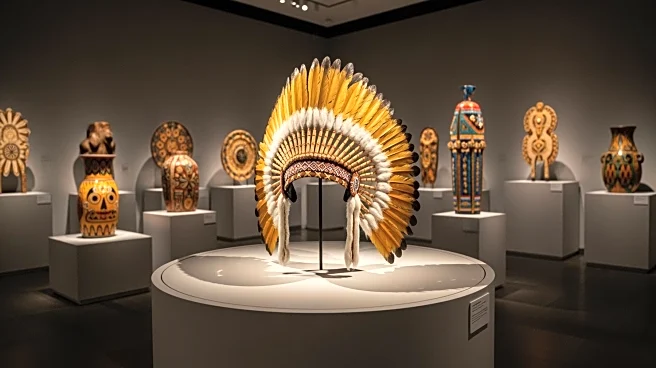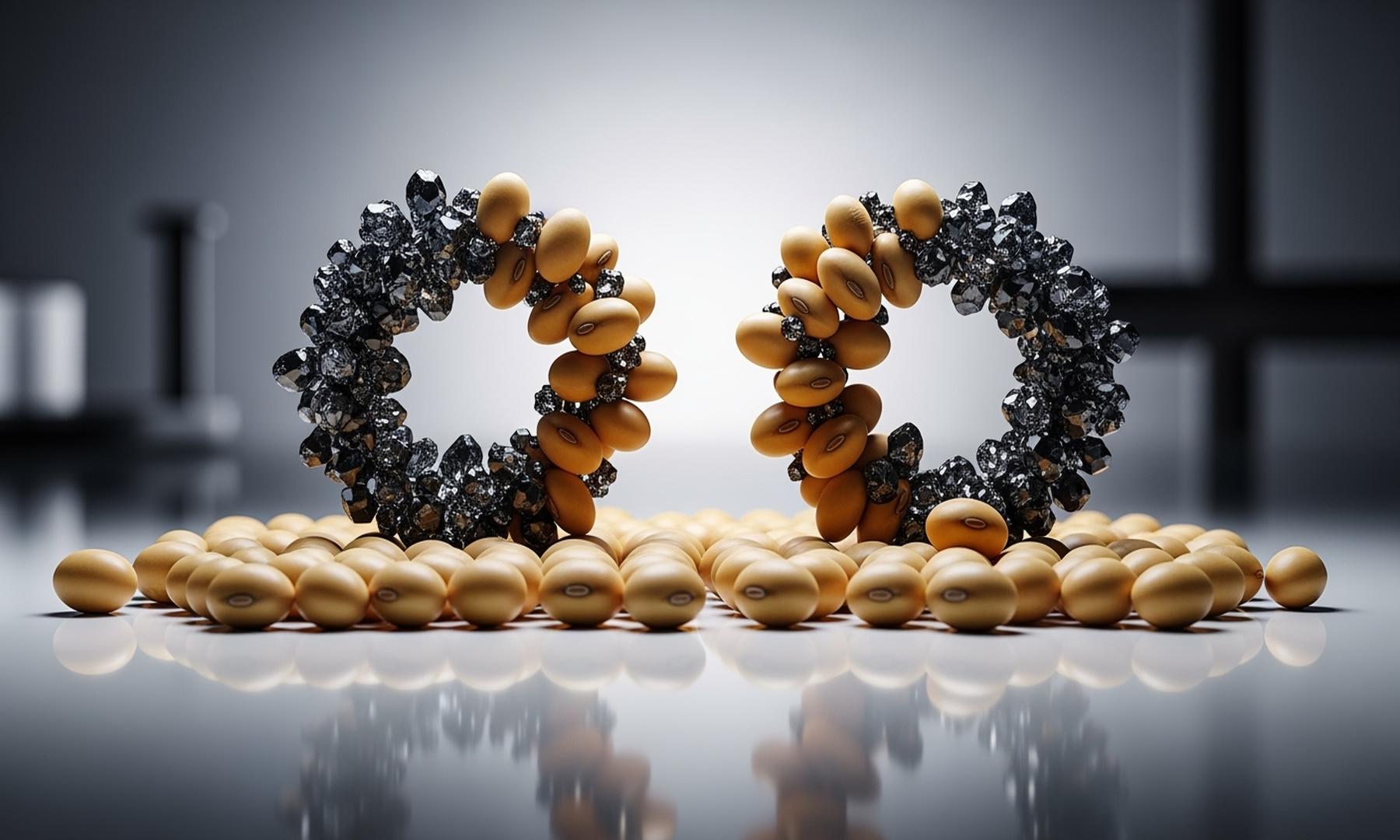What's Happening?
The feathered headdress, known as 'el penacho de Moctezuma,' is at the center of a cultural dispute between Austria and Mexico. Displayed in Vienna's Weltmuseum, the headdress is a significant artifact
attributed to the Aztec emperor Moctezuma. Mexican officials have long sought its return, citing it as a cultural touchstone, despite no evidence that Moctezuma actually wore it. Austrian authorities argue that the artifact is too fragile to be moved. The headdress, made from hundreds of quetzal feathers and gold ornaments, dates back to the early 16th century and has a complex history involving the Spanish conquest and European fascination with New World artifacts.
Why It's Important?
The dispute over the headdress highlights broader issues of cultural appropriation and the repatriation of artifacts. For Mexico, the headdress is a symbol of national identity and cultural heritage, while Austria views it as a treasured possession. The controversy underscores the ongoing global debate about the rightful ownership of cultural artifacts, with many institutions facing pressure to return items acquired under questionable circumstances. The headdress's significance is amplified by its rarity, being the only surviving feathered headdress from the Aztec era, making it a focal point for discussions on cultural restitution.
What's Next?
The debate over the headdress's return is likely to continue, with Mexican activists and political leaders advocating for its repatriation. The issue may require diplomatic negotiations and could set a precedent for similar cases involving cultural artifacts. The Weltmuseum's stance on the artifact's fragility remains a significant barrier to its return, and any resolution will need to address both the ethical and logistical challenges involved in moving such a delicate piece.
Beyond the Headlines
The headdress's story is intertwined with the broader narrative of colonialism and the impact of European conquest on indigenous cultures. It serves as a reminder of the complex histories and power dynamics that have shaped the modern world. The artifact's presence in Vienna also raises questions about the role of museums in preserving and interpreting cultural heritage, and the responsibilities they hold in addressing historical injustices.













